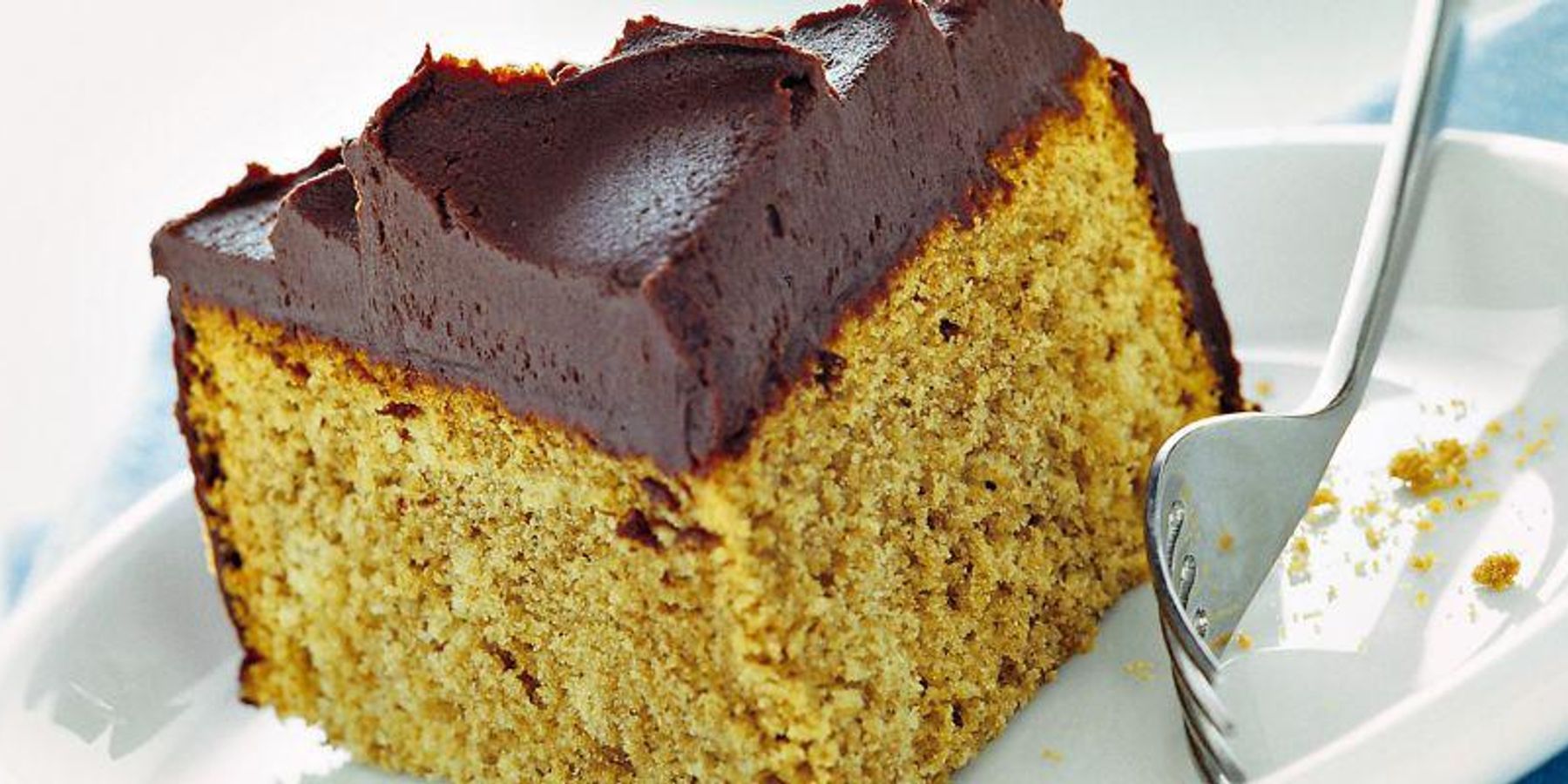
Let's not label it as 'ethnic': cumin is a super-spice with a hot and pungent taste but not necessarily aggressive. A note of taste for our dishes; a touch of health on our table.
From smoked paprika to Japanese ginger , from grandiose turmeric ( ally to the brain ) to spicy horseradish (which helps fertility ), 'exotic' spices are increasingly popular to flavor our dishes and nourish our health. The word "cumin" comes from the Arabic "كمون" Kamūn . And it is precisely with the strong Arabian and oriental flavors that we associate this spice, very popular in the south of the Mediterranean basin and going to the East, Asia, India in particular. A distinctive, decisive flavor. Too characteristic, too decisive - many local palates decree. But is it really so?
It will also be true that spices, even those rich in beneficial properties, cannot be labeled as 'superfood' , but if some were, the cumin would certainly be one of them. In use since ancient times - even in our area - it has always been appreciated for its organoleptic but also healing properties. The Ancient Greeks kept the seeds on the table as we do today with pepper ; the Ancient Romans certainly did not miss it. With the exception of Spain in particular, it fell into disuse in many European countries starting in the Middle Ages. That said, it remains one of the most used spices on the planet .
First of all, let's get to know it better: common cumin is the seed of the Cuminum Cyminum plant , from the same family as parsley and fennel . Then there is the black cumin ( Nigella Sativa or Bunium persicum ), very popular in phytotherapy and caraway (Carum carvi) or 'caraway' , with smaller seeds, less elongated and less intense in flavor.
It does very well , for many different things. Helps the immune system : it is very rich in iron . For this and other properties it is particularly valuable for women in menstruation, but also those who breastfeed because it stimulates milk production and for all women, particularly prone to osteoporosis - which helps prevent. It helps - and a lot - the digestive system , especially in the case of bloating and intestinal gas .
It is diuretic, invigorating, stimulating, antioxidant and is an excellent detoxifier . It is also said to make you lose weight , since it is a spice that, in addition to activating the metabolism, warms (and therefore we must then use calories to cool the body). That's not all: bactericidal, antimicrobial and anti-inflammatory, it is also being studied as it would prevent cholesterol and diabetes and even cancer. Last but not least: it fights bad breath , just chew the seeds for a few minutes.
With all these beneficial properties for health, you want to discover the right taste notes. And it's not difficult. Its flavor is hot and pungent , and therefore it envelops recipes to which we want to give an aromatic and fragrant tone. Not necessarily 'ethnic', however: if used in small doses - for example in sautéed - it is a flavor enhancer .
To amplify the intensity of taste, however, the seeds must be toasted . It goes exquisitely with a multitude of dishes, both sweet and savory . Bakery products - bread, cakes, biscuits, bread sticks & c; creams and velvets; roast preparations - meat, fish, vegetables, potatoes; eggs and fillings and meatballs; rice and other grains.
It's a great spice to add to marinades ; to give an original and decisive touch to dressings for full-bodied salads like niçoise or potatoes & green beans rather than to flavor cheeses like a fresh tomino or prepare a tactical aromatic salt for the costume test . You can also indulge yourself with daring experiments: how about decorating a delicious ice cream with a few toasted cumin seeds?






